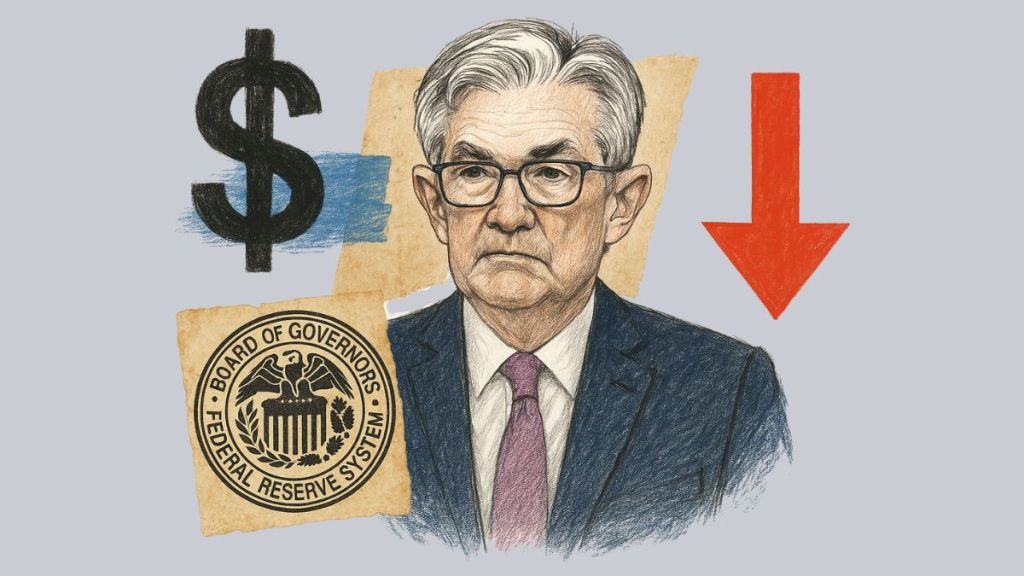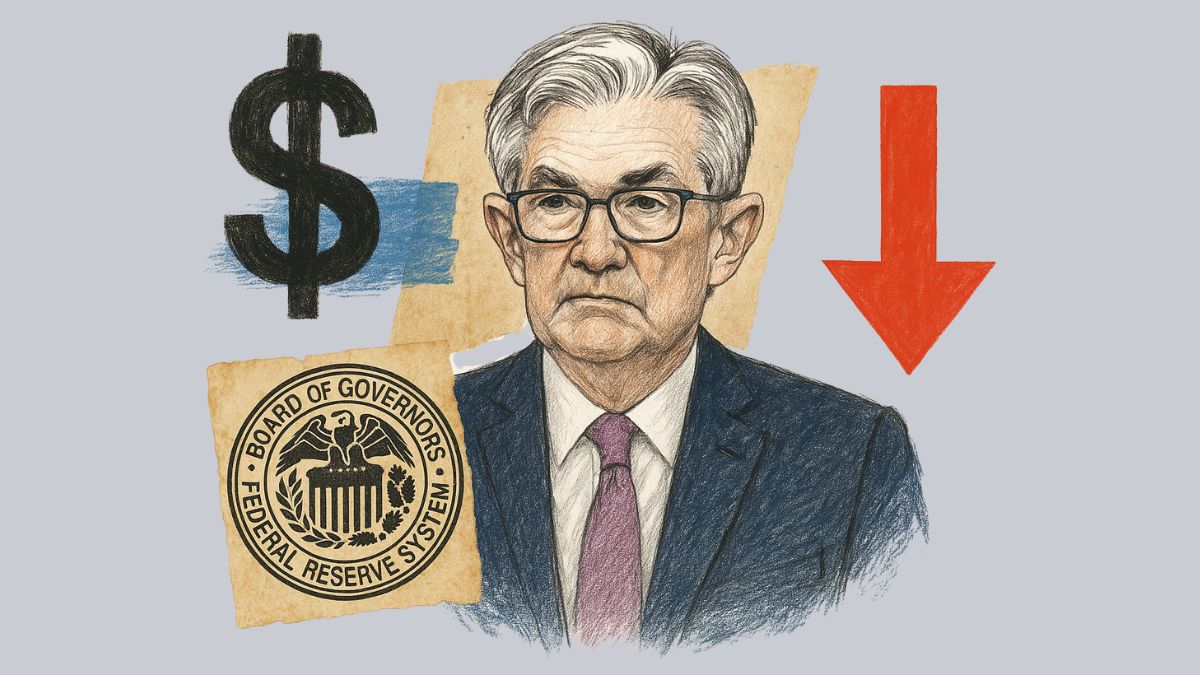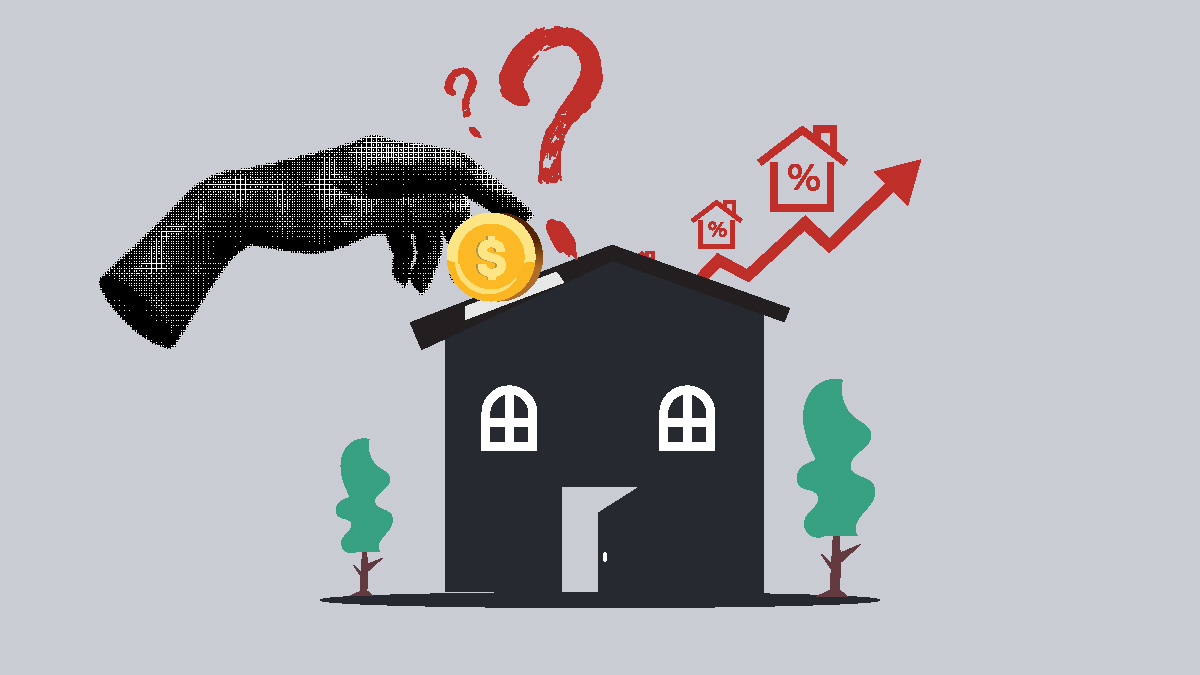30-Year Mortgage vs 10-Year Treasury Spread
This chart illustrates the spread between the 30-year fixed mortgage rate and the 10-year Treasury yield — a key indicator of mortgage market risk and lender sentiment. Tracking this spread helps reveal shifts in borrowing costs and market confidence — wider spreads often mean higher risk and reduced affordability.
Latest Articles
Housing Market Tracker Articles
FAQ
-
What is the spread between mortgage rates and the 10-year Treasury yield?
The spread is the difference between the 30-year fixed mortgage rate and the 10-year U.S. Treasury yield. It reflects how much additional interest lenders charge to cover risk, costs, and profit beyond the risk-free rate.
-
Why does the mortgage-Treasury spread matter?
Tracking the mortgage-Treasury spread helps explain fluctuations in mortgage rates and housing affordability. A wider spread often signals increased market uncertainty or lender caution, leading to higher borrowing costs for homebuyers.
-
What is a normal spread between mortgage rates and the 10-year Treasury?
Historically, the spread averages around 1.7 to 1.8 percentage points, but it can widen during times of economic stress or volatility. In recent years, spreads above 2% have become more common due to inflation, interest rate shifts, and financial market dynamics.
-
How does the 10-year Treasury yield affect mortgage rates?
The 10-year Treasury yield is a benchmark for long-term interest rates. While not directly tied to mortgage rates, it strongly influences them, as lenders use it to gauge the base level of return before adding risk premiums.
-
What does a rising mortgage spread indicate?
A rising spread between mortgage rates and the 10-year Treasury yield typically indicates lender caution, higher perceived risk, or reduced investor appetite for mortgage-backed securities. This often results in higher mortgage rates, even when Treasury yields stay stable or decline.

















